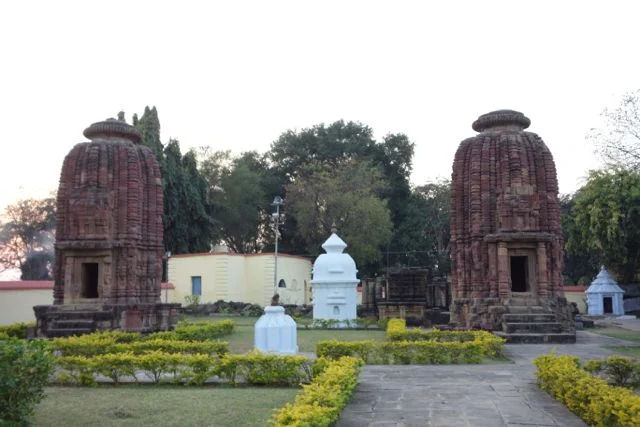Boudh's early history is uncertain. The discovery of Buddhist artifacts from Boudh has led historians to believe that Boudh was an important center of Buddhism. There are inscriptions indicating that the Boudh region was part of the Khinjali Mandala and was under the rule of the Bhanja rulers in the mid-8th century AD.
The first known ruler of this Bhanja dynasty was Nettabhanja, the independent ruler of the Dhenkanal region. But his successors migrated to the Boudh-Sonepur region and founded Khinjali Mandala. They ruled there as a fief of the Bhauma-Karas of Tosali. The name Khinjali Mandala first appears on the Sonepur Copper Plate award of Satrubhanja Dev. Satrubhanja Dev was the son of Silabhanja Dev and this indicates that Silabhanja Dev founded the Bhanja dynasty in Khinjali Mandala. Dhirtipura was the capital of Khinjali Mandala; This has been identified as the present-day town of Boudh.
Janmeyjaya, the Somavamsi ruler of South Kosala, defeated and killed Ranabhanja Dev, son of Satrubhanja Dev, a ruler of the Bhanja family. The Bhanjas were expelled from the Boudh region and renamed Odra Desa.
Yayati I was the son of Janmejaya I and succeeded him on the throne. He established his capital at Odra-desa in a place called Yayatinagara. This has been identified as the present town of Jagati in Boudh district. The Somavansi rulers then occupied and migrated to Utkala, with South Kosala as representatives. They later lost Kosala and it was occupied from the south by the Chodas and the Kalachuris. The Ganges dynasty fought a protracted war with the Kalachuris for control of the Kosala territory for almost a century. From the Chatesvar inscription (1220 AD), it is inferred that the war finally ended in favor of the Gangas during the reign of Anangabhima Deva III. Thereafter, Boudh along with Sonepur came under the rule of the Gangetic dynasty and were ruled by the administrators of the Ganges.

